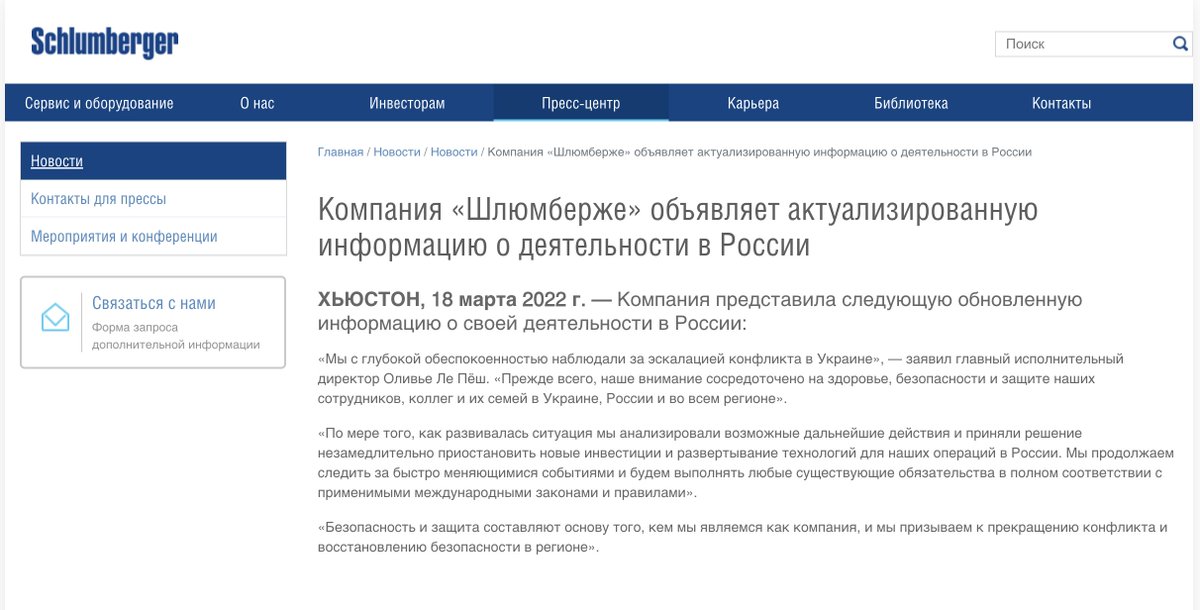Given recent TAURUS and ATACMS missile developments for Ukraine, I would like to share useful insights previously available to our paid subscribers, explaining the importance of Ukraine's ability to target locations within Russia
🧵Thread (Kindly like, share, and follow):
🧵Thread (Kindly like, share, and follow):

2/ A previously abandoned farm in Ol'khovatka, Voronezh Oblast, near the Ukraine border, started to show some signs of activity in late July 2023. By the summer's end, it was fully occupied, with ammo crates filling the dugouts. In November imagery, the facility is still used 

3/ The presence of ammunition packaging debris suggests that certain containers are opened and unpacked at this location. 

4/ Further analysis reveals that Russians are also storing S-300 canisters and other larger ammunition, potentially identified by our team as Multiple Launch Rocket System (MLRS) ammo. 

5/ Located approximately 50 km from the border, this facility likely serves as a supply source for Air Defense units as well as other units. Furthermore, there is a possibility that the ammunition is utilized by S-300 units for surface-to-surface strikes.
6/ Like other Russian locations, this facility, remains forbidden to be targeted by Western missiles. Producing long-range missiles is a difficult task for Ukraine in current conditions. UAVs are an alternative, but their payload and ability to evade AD-EW measures are limited. 

7/ In summary, our team has observed a consistent pattern since 2022, with Russian forces actively repurposing abandoned or non-functional facilities for operations in occupied territories and along the border. Some sites rotate, while others expand as permanent fixtures.
8/ Russian forces aim to enhance their logistical structure, resulting in a more robust and decentralized system. If this trend persists, the Ukrainian army will face significant challenges in 2025, making it difficult to conduct large offensive operations.
9/ Consider supporting us through BuyMeaCoffee, as our expenses rely solely on your public support.
As an alternative, consider subscribing to our premium service on X to receive additional and exclusive content, similar to what we've just presentedbuymeacoffee.com/frontelligence
As an alternative, consider subscribing to our premium service on X to receive additional and exclusive content, similar to what we've just presentedbuymeacoffee.com/frontelligence
• • •
Missing some Tweet in this thread? You can try to
force a refresh









